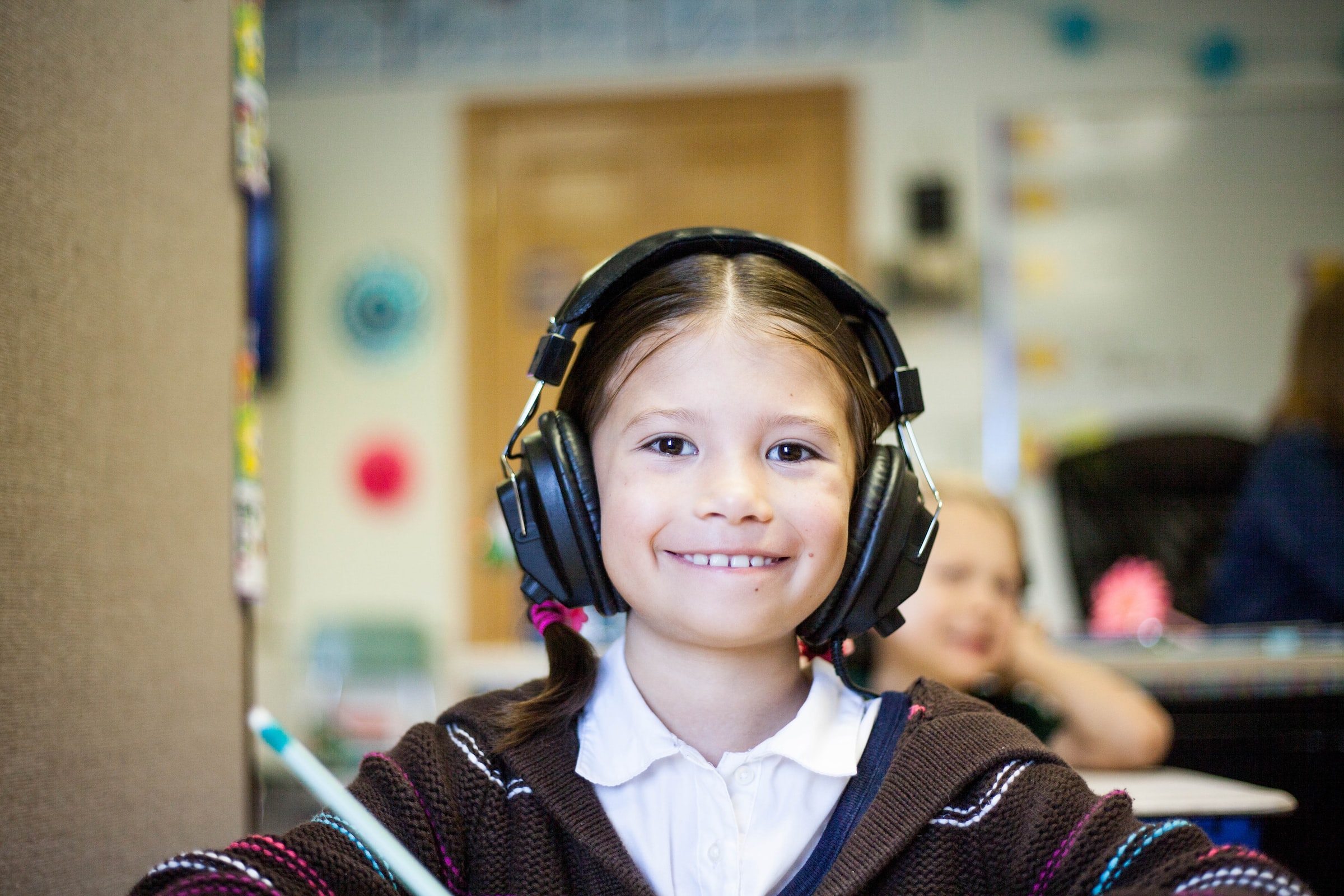
As children’s literacy rates hit an all-time low, Culture writer Saskia Hirst warns that children’s books might be becoming a thing of the past, with imagination seeming to be at odds with the influence of the internet
Peter Rabbit springs forth with a prep in his step, leaping over the endless piles of—wait a moment—safari tabs, Instagram comments, and swipes in the oh-so-fantastical land of… Tiktok. Yikes. Peter Rabbit’s ears flop as he wonders, ‘How did we end up here?’ And rightfully so: where in this digital vortex are the beloved children’s books? Where indeed.
“The National Literary Trust’s research confirms the anxieties that children’s reading levels, dishearteningly, are continuing to decline
So, if the digital world is at odds with the printing world, where are the pages for a child’s imagination to blossom? If a ‘content creator’ replaces a creative author, what is shaping our children’s minds? There’s a fountain of possibilities, but I feel the answer is by no means wholeheartedly definitive yet, but if ideas are an economy, the truth is this economy is turning tides of creativity into low attention spans and perhaps a death of imagination. This conjures images emblematic of a digital Brave New World.
In my work at a marvellous play centre for children with disabilities, books are a blessing and a vital means of interacting with the children, among lots— and even more lots— of fabulous play. Like whimsical fairytales, stories are a wholesome means of connection. Whilst Netflix shows are also a story, its format is not as interactive as what a child often needs (or desires)— strong facial expressions, outrageous voices, and direct interactions with the child offer an otherworldly experience and immersive transportation into the narrative. Reading children’s stories is like oral folklore being passed down through an immersive (and often heated arming, comedic) re-enactment of the words — much like a virtual reality simulation in a beautifully written, animated format.
Contrary to the direction of this article, I’m not wholeheartedly against the internet and its perks for children— Mickey Mouse Clubhouse is a much-loved fan favourite at work and also a magnificent means of interacting with the children in its own right too. Rather, I advocate for the bridge between the two worlds to be walked across and harmony to be found, like that familiar gold pot at the end of a rainbow we were often told in childhood.
“Reading gently and gradually eases children into topics through an empathetic lens in a way the internet may not be able to
Wonderfully, children’s books are often didactic below the surface— Easter eggs and secret messages are waiting to be passed from author and reader, the outside world and the child, between the lines, like folklore is handed down through generations. Hidden gems with the messages are ones of empathy and understanding of perspectives other than our own— a lesson the tragic events of 2020 and 2021 have spotlighted the importance of. What’s more, reading is vital to the functioning of a vibrant democracy and freedom of thought, as the historical burning of books is a quintessential example of.
Alas, it’s absolutely necessary that teachers and parents work hand-in-hand to conserve children’s lively childhoods, a glorious imagination as well as the ability to step— quite literally— into the shoes of other characters, worlds, and perspectives to better understand other experiences, as well as their own interpretation of the bright world around them. In light of this, it feels about time to wipe the dust off the old books wilting away, with their only companions of cobwebs of classrooms and bedrooms, to transform books to life once again for children to be hooked on — like Captain Hook— and incorporate reading back into the heart of childhood. Entering back into the woods and lands of fairytales or contemporary tales, before we enter down a rabbit hole, far from the one Peter Rabbit crept back into after being abandoned by his readers for a happily ever after—ta-da!
Read more from Redbrick Culture:
Government Arts Package: What does this mean for Birmingham Theatres?
Comments